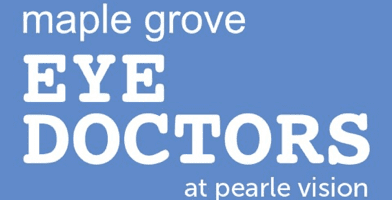What is Myopia?
A 2009 NIH study concluded that the prevalence of myopia in the U.S. has increased 66.4%in 30 years with 42% of people aged 12-54 being myopic.
Myopia, also called nearsightedness, is an eye condition where objects nearby are clear but far away objects are blurred. It is caused by the eye becoming slightly too long.
Research shows that certain methods can be used to slow or prevent the progression of myopia. Although there is no cure, our team of Maple Grove Eye Doctors at Pearle Vision are offering three treatment options that have been shown to slow down myopic progression by up to 50%!
Watch Pixar Cartoon “Out of Focus”
Our Myopia Control Program Options include:
1)Bifocal glasses
2)Multifocal Contact Lenses (Watch this video about Myopia Management with MiSight® 1 Day Contact Lenses)
3)Atropine drops
Each option has their own advantages and your child’s eye doctor can help you decide which one is best for your child. Progress will be monitored and their vision will be evaluated every 3-6 months.
Why Myopia Control?
Uncontrolled myopic progression can have several detrimental effects on your child’s vision and ocular health. Increasing myopia will continue to make your child’s eyes blurrier for distance and can make functioning without glasses tougher.
As the degree of myopia increases, the chances of your child having certain eye diseases increases. Three of the more prevalent diseases include:
1)Retinal detachment: As their eyes continue to grow and lengthen past normal size, the retinal tissue in the back of the eye can become stretched which can lead to a retinal detachment. A detached retina is where the retina pulls away for the eyes’ tissue, which can result in permanent vision loss. The higher the degree of myopia, the higher the chances are of suffering a retinal detachment.
2)Glaucoma: Studies have shows that patients who are myopic have a 2-3 times greater risk for developing glaucoma. Glaucoma is a disease that does damage to the optic nerve and can also cause permanent vision loss.
3)Cataracts: Most everybody will develop cataracts at some point later in life, but the higher the level of myopia in a child, the faster cataracts can develop when they get older.
With myopia becoming an increasing problem, our team of Maple Grove Eye Doctors at Pearle Vision is dedicated to monitoring your child’s ocular health now and for the future. By slowing down the progression of myopia, we hope to not only retain better uncorrected vision for your child, but to lower their risk for developing ocular diseases later in life.
Schedule your child’s eye exam now!





